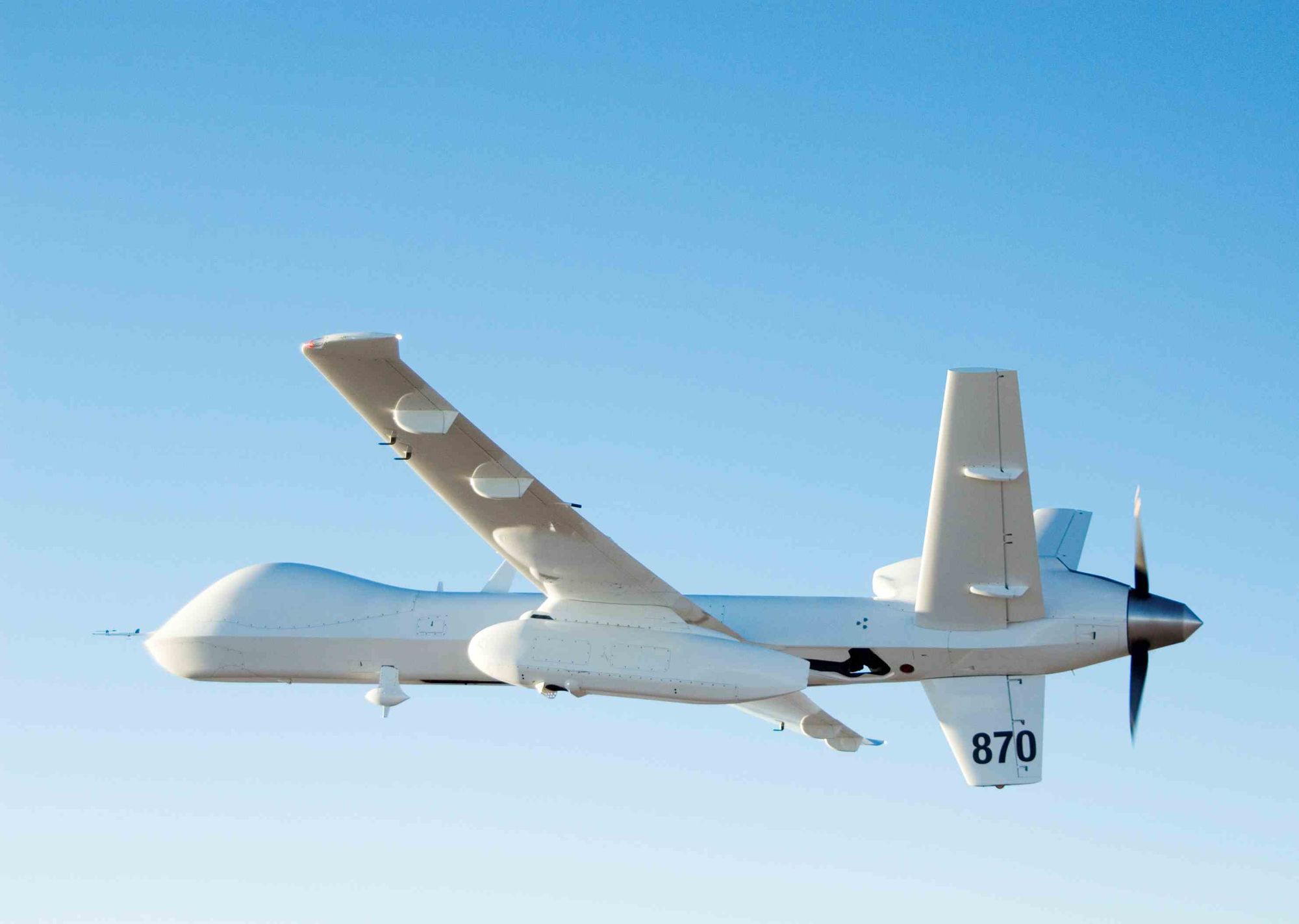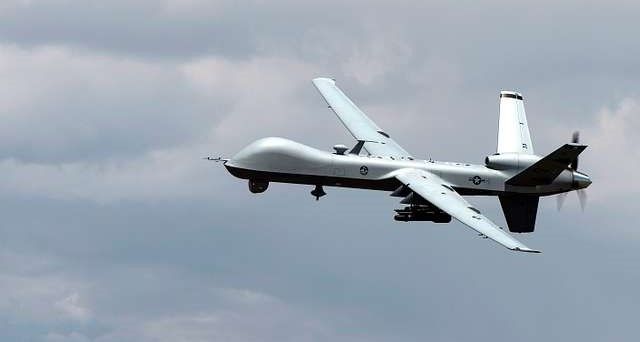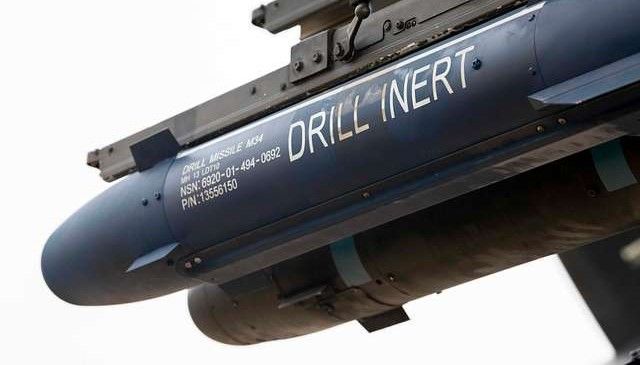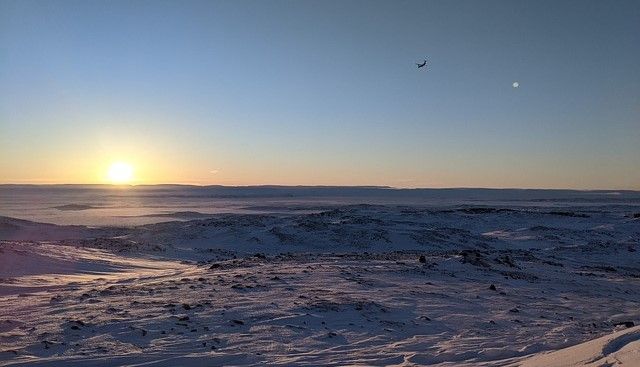Drone Manufacturers Work to Conquer the Arctic
Defence officials have begun testing medium altitude drones over the remote and inhospitable 78th parallel.

Drones are being designed to conduct an ever-wider variety of tasks in both military and civilian fields. As this versatility expands, drone manufacturers are also looking to increase their products’ reach into more extreme environments.
As tension continues to build between China, Russia, and America, all three powers and their allies are looking to extend their capabilities over the arctic.

The Canadian military, for example, have recently delayed the purchase of MQ-9B Reaper drones due to fears that it is not durable enough to fly in such a climate and that it lacks satellite coverage when flying so far north.
The deal, projected to be worth as much as US$3.6 billion, has now been delayed from 2025 to 2028, to give the manufacturers, General Atomics, time to make improvements.
“The Canadian Remotely Piloted Aircraft System (RPAS) configuration will require significant development work in order to address Royal Canadian Air Force requirements, which differ from our allies’ requirements,” Canadian Department of National Defence spokesperson Andrew McKelvey told CBC News.
“For example, the need to operate at high northern latitudes, including in the Arctic, requires the use of satellites and aircraft antennas and communication components not previously integrated on the MQ-9,” added Andrée-Anne Poulin, another DND spokesperson. “Similarly, additional testing and qualification work will be required to ensure the RPAS can be operated and maintained in Canadian climatic conditions.”
The integration of the Canadian-made WESCAM MX-20 EO/IR sensor onto the platform will also require some development work.

The Canadian military is already committed to expanding its drone options as their reconnaissance capabilities are ideal for surveillance over the vast tundra wastelands and ice packs on Canada’s northern reaches.
Consequently, the Canadian government has authorised the purchase of 219 Hellfire missiles from the Americans as well as other weaponry and radars compatible with drone platforms.
“Other examples include work required to develop a training solution tailored to RCAF requirements, and airworthiness certification required to support the RCAF concept of operations,” Poulin added.

Drone testing over the artic has already begun, with a successful 25-hour/7,250km flight by an MQ-9B Reaper conducted in September 2023.
“The flight was not only one of the longest ever completed by an MQ-9 drone, but also demonstrated the unmanned aircraft system’s new capabilities for security and surveillance missions in Arctic regions,” announced Mark Brinkley, a spokesperson for General Atomics.
To achieve this feat, the drone was modified with an L-band Airborne Intelligence, Surveillance and Reconnaissance (LAISR) service which was developed by Inmarsat. This was required as older connections to satellite links between ground control stations and aircraft can become unstable when flying closer to either Pole.
“We have now proven that our drone can operate safely in Arctic regions over land and sea where effective command and control and data transmission have not been possible before,” he added.
“What makes LAISR special is that it is very insensitive to these atmospheric effects,” explains Steve Gizinski, Inmarsat President. This is because LAISR runs on a low satellite frequency which is less susceptible to disturbance. The drone was also fitted with an antenna with a wider beamwidth to reduce the likelihood of interruptions.
These early adaptations have allowed General Atomics to claim that the drone is ready for service in the High Arctic, as the test drone flight reached as far as the 78th parallel.

While this initial flight was carried out in the relatively calm conditions of September, a company online promotional pitch, states that the MQ-9B “operates well in cold weather conditions” including an airframe built with a state-of-the-art anti-ice/de-icing system.
That said, the Canadian government has a reputation for delivering new military hardware behind schedule and over budget, such as the Canadian navy's Victoria-class submarines. Consequently, according to Dave Perry, president of the Canadian Global Affairs Institute, an Ottawa-based group of military analysts, the words ‘developmental’ and ‘Canadianization’ can set off alarm bells for experts who follow the Canadian defence procurement process.
For example, the Canadian Air Force acquired a fleet of CH-147F Chinook helicopters intended for use during the Afghan war. Unfortunately, they were delivered more than a year after the conflict had ended.
For now though, the plans being made to add medium altitude drones over the arctic for tracking enemy movements as well as for engagement are progressing well.
Russian and Chinese military analysts will certainly be keeping a close eye on the development of Reaper capabilities during the coming months. As will drone manufacturers everywhere.
Photo credit: Alberto Resitito on Unsplash, Nara, Alexthebear from Pixabay, Rawpixel, & Nara

